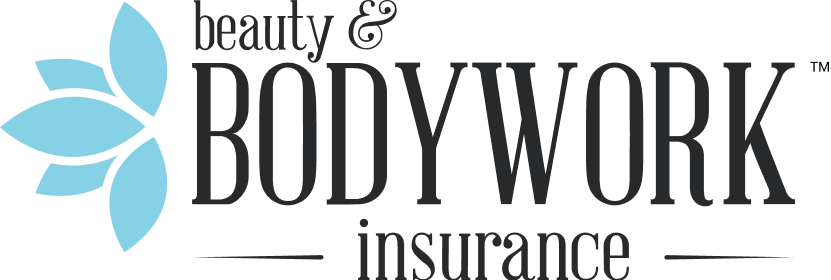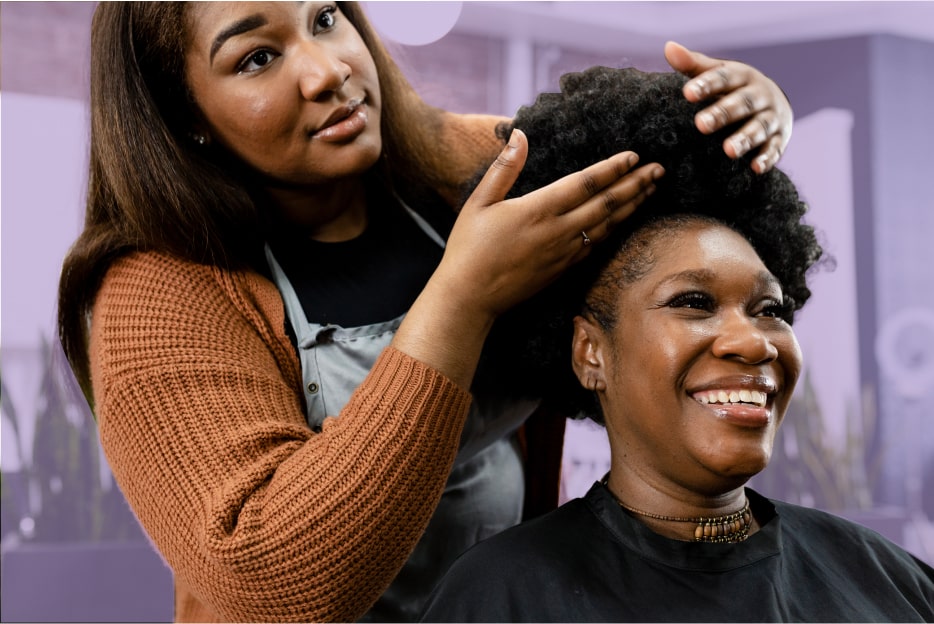Describing the day-to-day of a hair stylist sounds pretty magical. You spend your days studying color, texture, and shape and seeing how your final product looks in different light. You work with other creative professionals sharing tips and testing different products. Some of your clients even make you part of the biggest days of their lives like weddings, graduations, and birthdays!
And while every job has its challenges, the potential benefits of becoming a hair stylist make it an increasingly popular career option, even cracking the top 25 best jobs in America for people without a college degree. If you’ve ever considered becoming a hairstylist, there are a few things you should know before picking up the scissors.
Benefits of Becoming a Hair Stylist
Before getting into the “how,” though, it’s worth taking a minute to discuss “why” you might consider becoming a hair stylist.- It offers the chance to work in a creative environment On a personal level, becoming a hair stylist allows you to express your creativity and artistic flair by having the chance to transform someone’s appearance and boost their self-confidence. The ability to create unique hair styles that suit different personalities and preferences can be incredibly rewarding to creative individuals who’d like an outlet in their professional lives—and providing a service that improves people’s self-image has its own rewards.
- You can build authentic relationships with your clients and coworkers Working as a hair dresser often involves building strong relationships with clients. This profession allows individuals to connect with people from various backgrounds and establish trust and rapport over time. The satisfaction of making clients happy with their new look can bring immense joy and fulfillment. Who knows, some of your clients might end up becoming close personal friends!
- Set your own hours and choose the right work environment for you Being a hair stylist also offers flexibility in terms of work arrangements. Many stylists have the option to work in salons, spas, at home, or even travel for work as a freelancer, allowing them to create schedules that fit their lifestyle. Additionally, there is room for growth within the industry through continuous learning and skill development.
- You have the opportunity to grow professionally Becoming a hair dresser opens doors to networking opportunities within the beauty industry. Stylists often collaborate with makeup artists, photographers, fashion designers, or even work backstage at fashion shows or photo shoots. These connections can lead to exciting collaborations and career advancements.
- As your skills develop, your income opportunities improve The demand for skilled hair stylists remains high as people constantly seek professional services for haircuts, styling, coloring, and other treatments. This provides stability in terms of job prospects and potential income. The average annual hair stylist salary in the U.S. in 2023 was $38,221.
- New York
- Pennsylvania
- New Hampshire
- New Jersey
- Wyoming
- Washington
- Wisconsin
- Massachusetts
- Alaska
- Oregon

What Do You Need to Become a Hair Stylist?
Chances are, everyone will visit a hair stylist at one point in their lives. The job is so commonplace that people who’ve never done it might start asking themselves, “Well, how hard can it be?” Of course, anyone who’s ever tried cutting their own hair knows just how valuable a good hair dresser really is!
Hair stylists are trained professionals entrusted with their clients’ self-image, and, in some cases, their physical well-being. Doing the job as a professional requires education, training, and the appropriate licenses and certifications.
Education
While you don’t need a college degree to become a hair stylist, most board-certified cosmetology schools will require you to at least have a high school diploma or GED. However, even those without these kinds of education criteria can still enter the industry.
Certain states offer apprenticeship programs through their boards that allow children as young as 16 to gain professional experience. Because training as a hair stylist counts as a form of higher education, a high school diploma or GED is a common prerequisite for entering the industry.
Once you’ve completed the necessary primary education, you’ll need to apply to a state-approved cosmetology school. Cosmetology schools are designed to help prospective hair dressers pass state licensing exams by providing hands-on training in crucial aspects of the craft, including:
- Cutting, coloring, and styling techniques for different hair types and textures
- Scalp and hair health, chemical treatments such as perming and relaxing
- Salon management and customer service practices
Cosmetology schools often include both theoretical classroom instruction and practical experience through supervised salon practice. Students gain knowledge about different hair products, tools, and equipment used in the industry. They also learn about sanitation practices to ensure a safe working environment for themselves and their clients.
It’s important that student hair stylists gain real-world experience by working with actual clients under the supervision of licensed instructors. This allows students to apply their skills while receiving guidance from experienced professionals in a controlled setting, minimizing any potential harm they might cause their clients.
On average, students need to complete 1,500 hours of hand-on study to receive their credentials from cosmetology school. While some state requirements are different, prospective hair stylists should be prepared to spend at least one year enrolled in full-time study at cosmetology school—or two years if studying part time.
Like traditional colleges or universities, some cosmetology schools offer financial aid to help with the enrollment cost. At accredited cosmetology schools, students can fill out the Free Application for Federal Student Aid to help alleviate the cost of their tuition, materials, and more.

Licensing
Licensing is the most important aspect of becoming a hair stylist. Licensing is usually required in order to rent a chair in a salon, work at events, or contract your services. It may sound extreme, but practicing any craft without a license can have potentially serious consequences—even for hairstylists. In some cases, practicing without a license can lead to state charges resulting in fines, restitution, or even jail time.
Your hair stylist license is usually granted by state boards who enforce certain requirements like salon cleanliness, ban of certain products or practices, and more. Every state board is different and will require different licensing examinations, so be sure to research the specific test in your state for details.
However, the general process for obtaining your cosmetology license usually looks like this:
- Written Examination: After completing the necessary education and training hours, individuals must pass a written examination to demonstrate their understanding of cosmetology theory, health and safety regulations, and various hair styling techniques. The exam format may differ across states but often includes multiple-choice questions.
- Practical Examination: In addition to the written exam, most states also require candidates to pass a practical examination where they demonstrate their skills in hair styling techniques such as cutting, coloring, perming, and styling hair. This examination is usually conducted under the supervision of licensed professionals.
- State Licensing Application: Once both exams have been successfully completed, individuals can apply for their state license as a hair stylist. The application typically requires submission of proof of education and training, exam results, and payment of required fees.
Additionally, ongoing continuing education may be required to maintain a valid license, ensuring that hair stylists stay updated on the latest trends, techniques, and safety practices in the industry.

Finding a Job as a Hair Stylist
Once you’ve completed all the appropriate education, examinations, hands-on training, and licensing to become a hair dresser, you can officially begin your new career! From there, you can choose which work environment interests you most—from renting a chair at a local salon, cutting hair inside your home, or even working as a mobile hair stylist.
When it comes to finding a job as a hair stylist, start by networking with other professionals like your fellow students or instructors at cosmetology school to find leads on open positions. Investing in marketing tools like a professional Instagram page can help you showcase your skills and build a network of dedicated clients. Gathering enough followers on Instagram can even translate to further income opportunities through monetization and sponsorship deals.
Finally, you can show your professional dedication to prospective employers and clients alike by signing up for hair stylist insurance. Hair stylist insurance protects you and any potential employers from being named in any lawsuits if something should go wrong during one of your appointments and a client is injured or otherwise dissatisfied with your service.
By investing in cosmetology insurance, you can protect your personal financial assets while also ensuring that your clients are able to collect any financial compensation they are entitled to via your insurance policy.
Whether you’re just starting your hair stylist career or are an experienced professional, Beauty & Bodywork Insurance is here to help you maximize your skill set and protect the things that matter most to you. Reach out today to see how BBI’s insurance for hair stylists can help you and your clients for single, low monthly payment.





